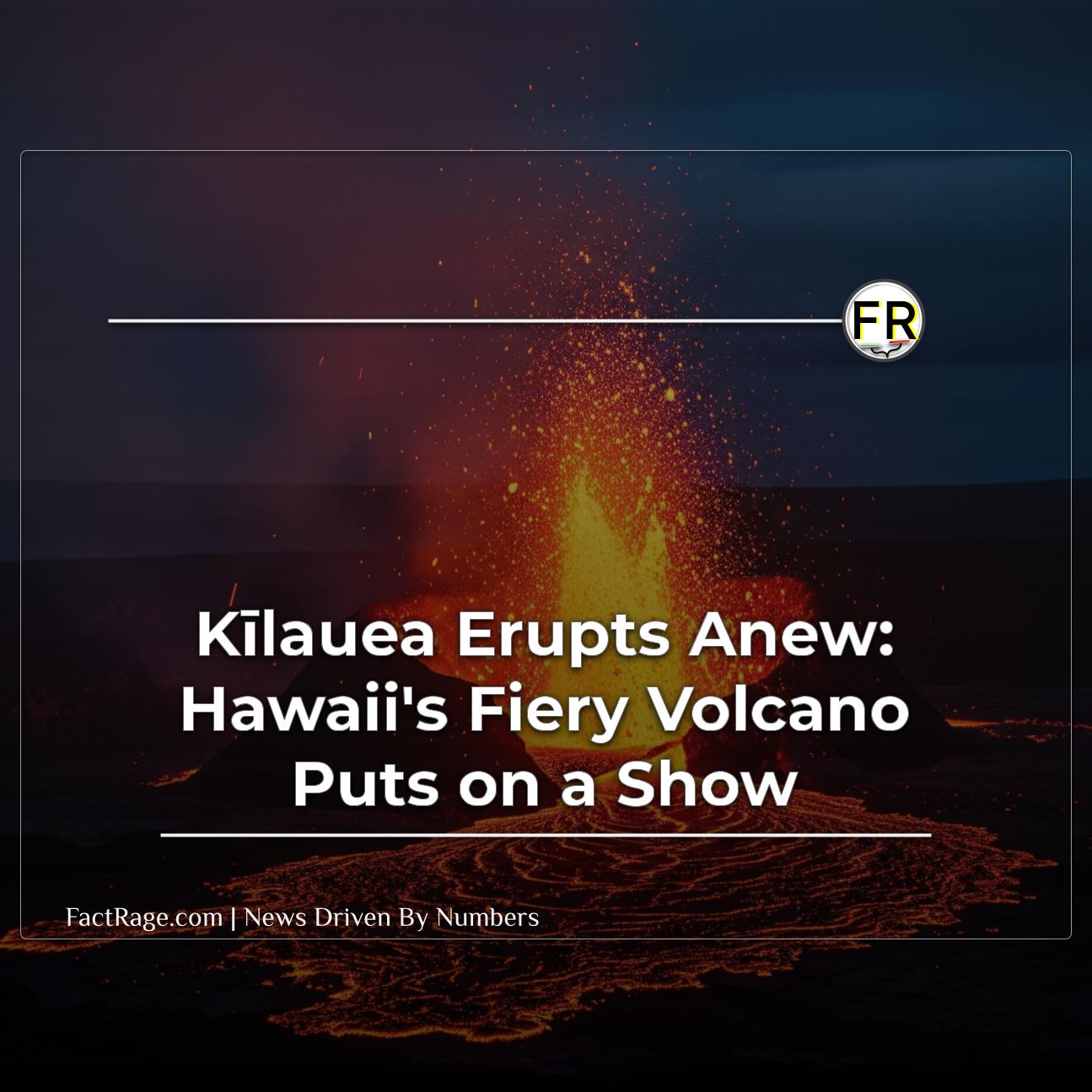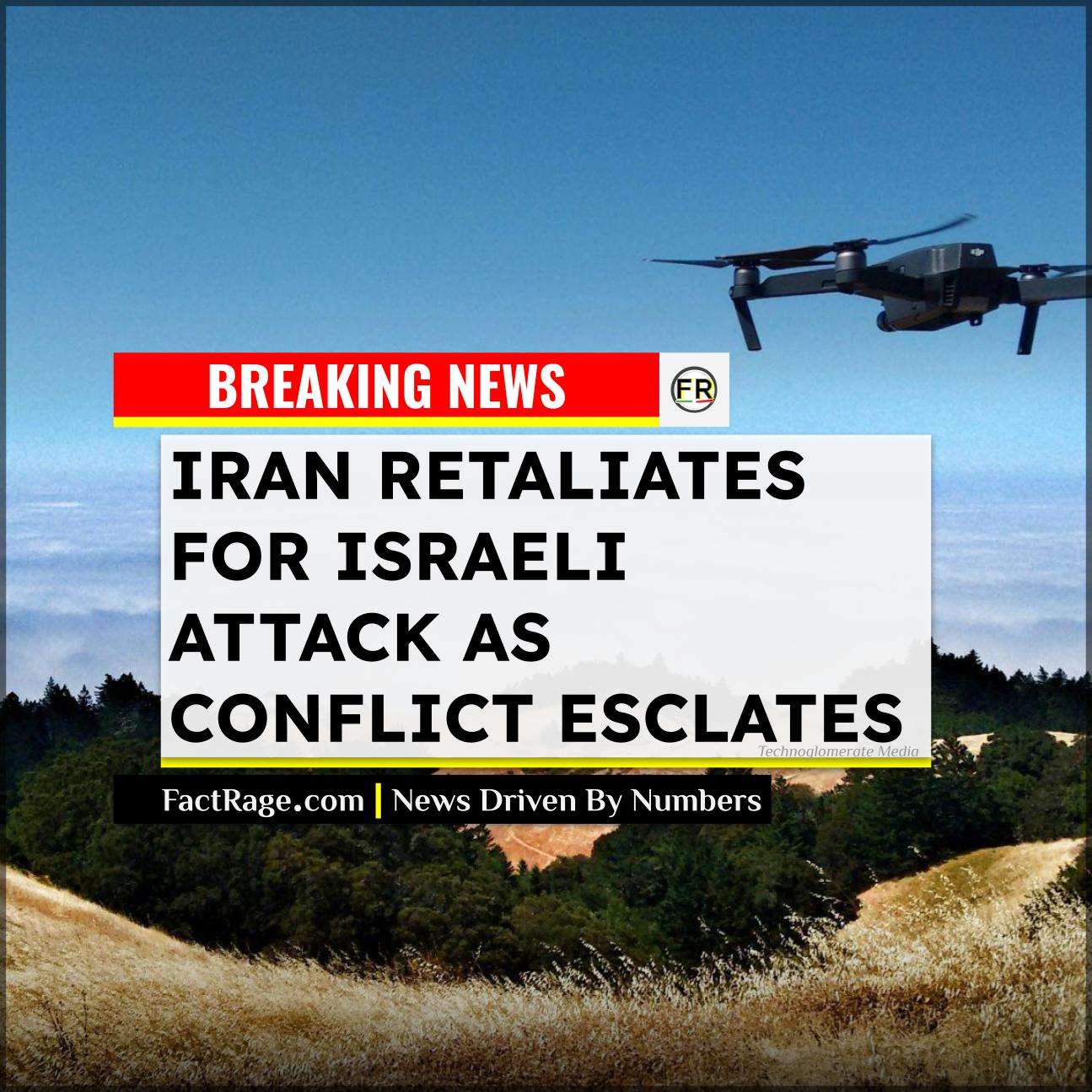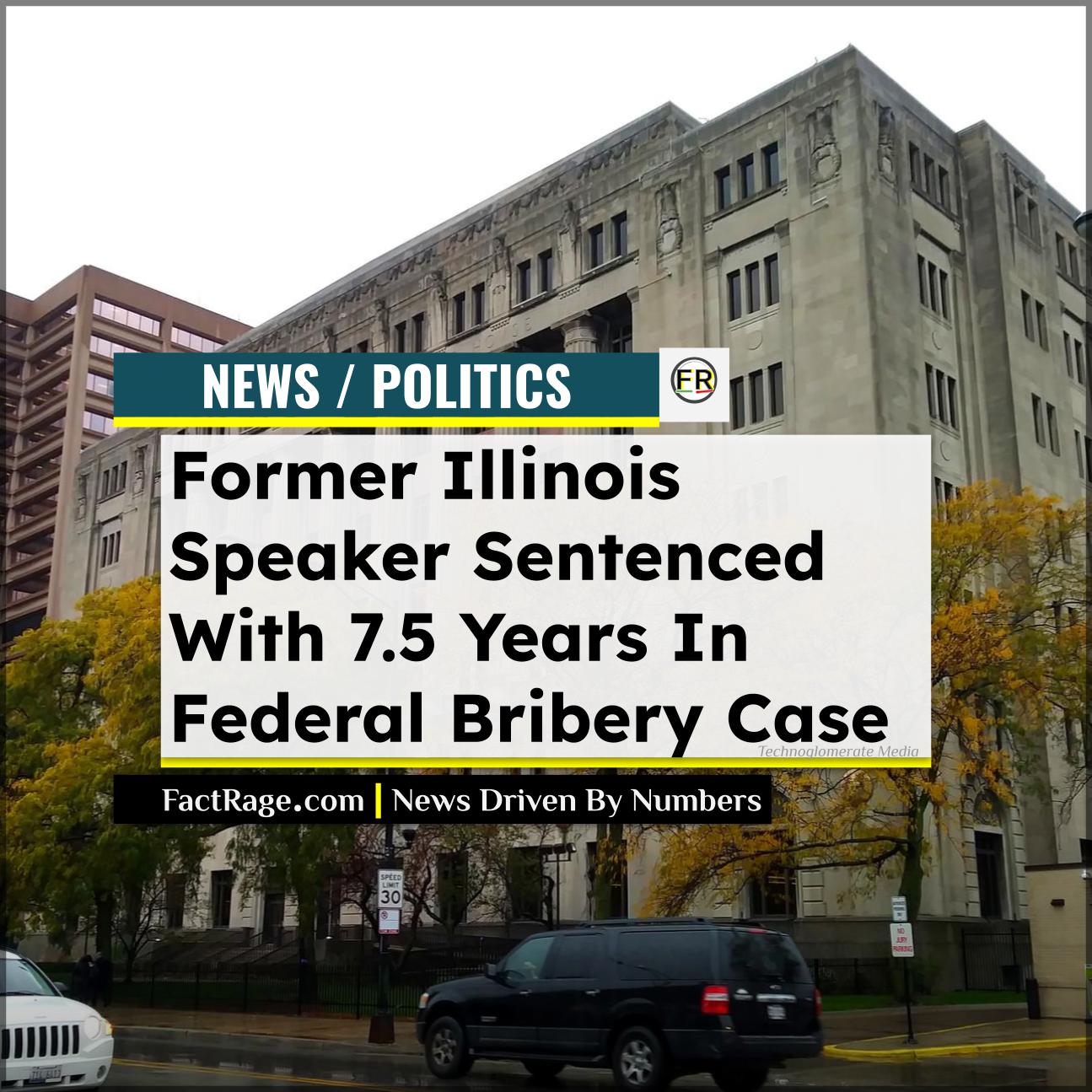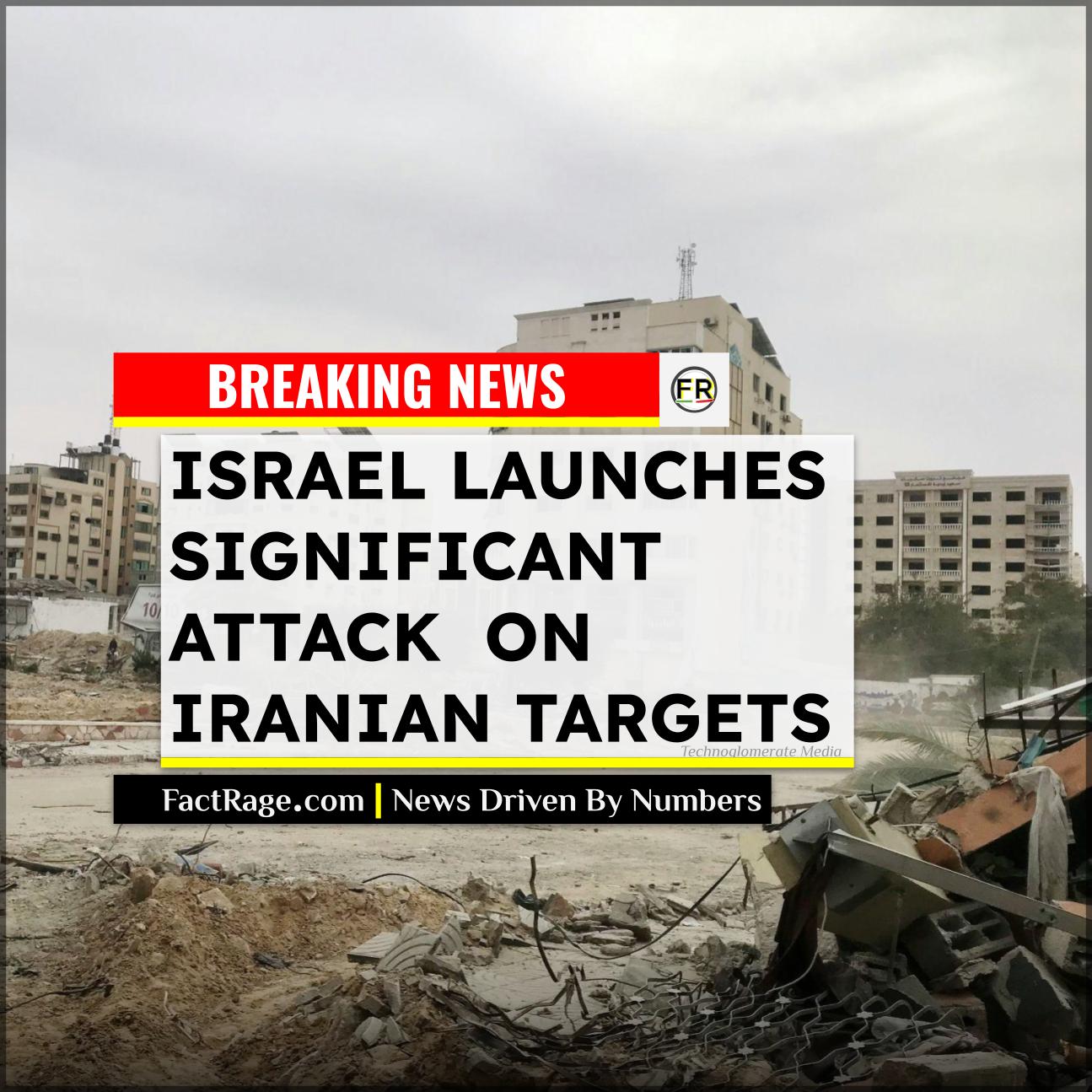HAWAII VOLCANOES NATIONAL PARK – Kīlauea, one of the world’s most active volcanoes, has once again captivated observers with a new eruption, showcasing spectacular lava fountains within its summit caldera. While visually stunning, authorities emphasize that the current activity remains confined to the national park, posing no immediate threat to communities.
- Current Status: Kīlauea is actively erupting within its summit caldera, producing spectacular lava fountains confined to Hawaii Volcanoes National Park with no immediate threat to communities.
- Frequency: Kīlauea is one of the world’s most active volcanoes, historically erupting, on average, every two to three years, making its current activity a regular geological event.
- Hazards: Primary concerns include volcanic smog (vog) from sulfur dioxide emissions and “Pele’s hair” (sharp volcanic glass fibers); both require caution but are generally localized.
A Frequent, Yet Fascinating, Performer

For those unfamiliar with Hawaii’s dynamic geology, Kīlauea’s frequent eruptions might seem rare or alarming. However, the volcano has a history of consistent activity, making it a well-studied and often-erupting natural wonder. Over the past two centuries, Kīlauea has erupted, on average, every two to three years. Since 1952, it has dominated Hawaiian eruptive activity with frequent and sometimes prolonged events, notably including an almost continuous eruption from 1983 to 2018.
While the volcano has experienced periods of dormancy—the longest since 1918 being an 18-year pause between 1934 and 1952—it is generally known for its “much spreading” nature, a translation of its Hawaiian name. The current eruption, which began in late 2024 and has seen intermittent activity, is a testament to its ongoing geological processes. Recent displays have included lava fountains reaching impressive heights, with some reported to soar as high as 1,000 feet, a spectacle not seen in over 65 years.
Understanding the Dangers: Vog and Pele’s Hair
Despite the captivating imagery, Kīlauea’s eruptions are not without hazards. The primary concern for residents and visitors outside the immediate eruption zone is the release of volcanic gases, particularly sulfur dioxide. This gas reacts with atmospheric components to form “vog” (volcanic smog), which can cause respiratory issues, especially for individuals with pre-existing conditions, infants, children, and pregnant women. Air quality advisories are frequently issued by authorities to guide public safety.
Another unique hazard is “Pele’s hair.” These are thin, glass-like strands formed when gas bubbles burst near the surface of molten lava, stretching the liquid rock into hair-like fibers. While beautiful, Pele’s hair is abrasive and can cause skin irritation and eye injuries. Visitors are cautioned to avoid contact with these fragile, sharp strands.
It’s important to note that Hawaiian volcanoes, particularly shield volcanoes like Kīlauea, typically produce effusive, slow-moving lava flows rather than explosive eruptions, making them relatively safer to monitor and manage. The current lava flows are contained within the Kīlauea caldera, far from residential areas and infrastructure. However, visitors to Hawaii Volcanoes National Park are always advised to stay on marked trails, adhere to park closures, and remain informed about current volcanic activity through official channels.
Beyond the Lava: Unique Aspects of Kīlauea
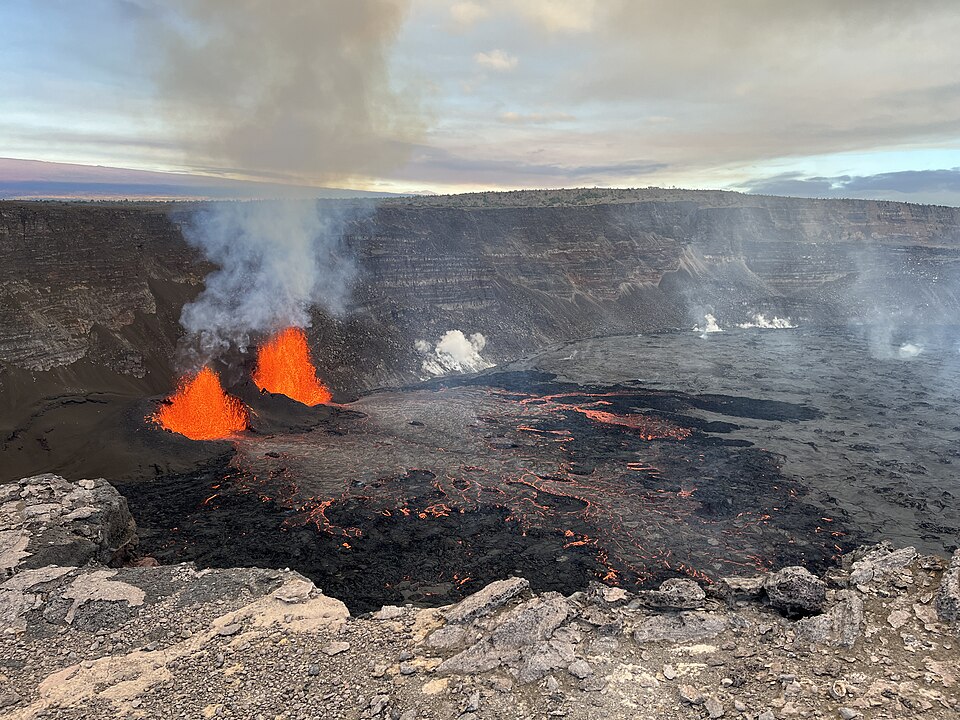
Beyond its active eruptions, Kīlauea holds several fascinating distinctions. It is the youngest and one of the most active volcanoes on the island of Hawaiʻi, having emerged above sea level approximately 100,000 years ago. Geologically, it was long thought to be part of the larger Mauna Loa volcano, but was recognized as a distinct entity in 1884 due to its separate magma system.
Culturally, Kīlauea is deeply significant to Native Hawaiians, who traditionally view it as the home of Pelehonuamea, the goddess of volcanoes and fire, believed to reside in Halemaʻumaʻu crater. This spiritual connection adds another layer of intrigue to the volcano’s ever-changing landscape.
The ongoing activity at Kīlauea serves as a powerful reminder of the Earth’s dynamic forces and offers a rare opportunity to witness geological processes firsthand, provided safety guidelines are diligently followed.

